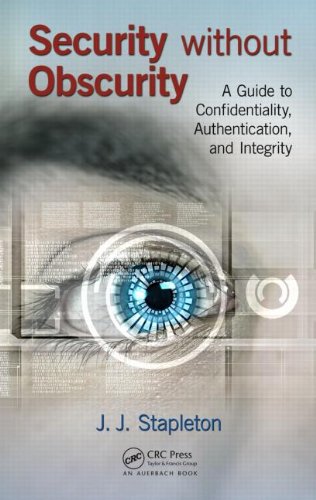

Most ebook files are in PDF format, so you can easily read them using various software such as Foxit Reader or directly on the Google Chrome browser.
Some ebook files are released by publishers in other formats such as .awz, .mobi, .epub, .fb2, etc. You may need to install specific software to read these formats on mobile/PC, such as Calibre.
Please read the tutorial at this link: https://ebookbell.com/faq
We offer FREE conversion to the popular formats you request; however, this may take some time. Therefore, right after payment, please email us, and we will try to provide the service as quickly as possible.
For some exceptional file formats or broken links (if any), please refrain from opening any disputes. Instead, email us first, and we will try to assist within a maximum of 6 hours.
EbookBell Team

0.0
0 reviewsThe traditional view of information security includes the three cornerstones: confidentiality, integrity, and availability; however the author asserts authentication is the third keystone. As the field continues to grow in complexity, novices and professionals need a reliable reference that clearly outlines the essentials. Security without Obscurity: A Guide to Confidentiality, Authentication, and Integrity fills this need.
Rather than focusing on compliance or policies and procedures, this book takes a top-down approach. It shares the author’s knowledge, insights, and observations about information security based on his experience developing dozens of ISO Technical Committee 68 and ANSI accredited X9 standards. Starting with the fundamentals, it provides an understanding of how to approach information security from the bedrock principles of confidentiality, integrity, and authentication.
The text delves beyond the typical cryptographic abstracts of encryption and digital signatures as the fundamental security controls to explain how to implement them into applications, policies, and procedures to meet business and compliance requirements. Providing you with a foundation in cryptography, it keeps things simple regarding symmetric versus asymmetric cryptography, and only refers to algorithms in general, without going too deeply into complex mathematics.
Presenting comprehensive and in-depth coverage of confidentiality, integrity, authentication, non-repudiation, privacy, and key management, this book supplies authoritative insight into the commonalities and differences of various users, providers, and regulators in the U.S. and abroad.